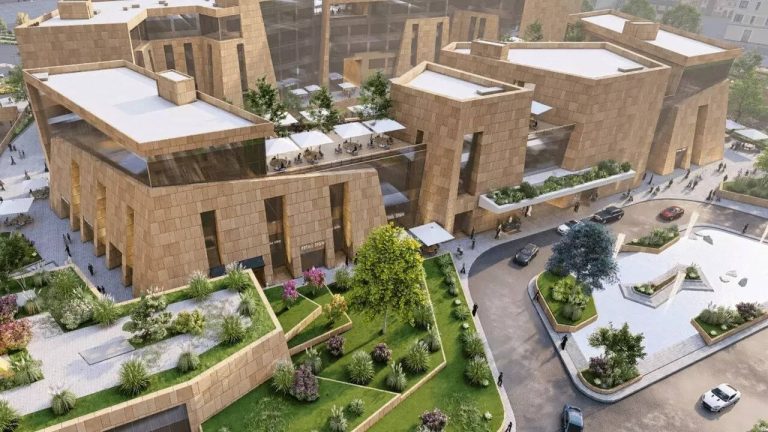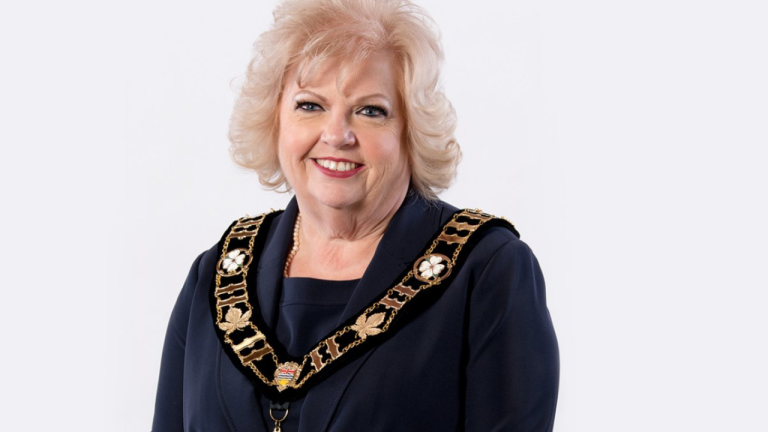Urban Green Spaces: The Future of Outdoor Living in European Cities by 2025
Urban Green Spaces are becoming increasingly important in European cities, and by 2025, they will play a vital role in shaping the future of outdoor living. As the world becomes more urbanized, the need for green spaces in cities is growing. These areas provide numerous benefits, including improved air quality, reduced noise pollution, and enhanced mental health.
Introduction to Urban Green Spaces
Urban green spaces refer to areas in cities that are covered with vegetation, such as parks, gardens, and green roofs. These spaces can be found in various forms, from small gardens on balconies to large urban parks. They provide a range of ecosystem services, including air purification, climate regulation, and habitat creation for urban wildlife.
Benefits of Urban Green Spaces
The benefits of urban green spaces are numerous. They can help to reduce the urban heat island effect, improve air quality, and provide habitat for urban wildlife. Additionally, they can have a positive impact on mental health, reducing stress and improving overall well-being. Urban green spaces can also serve as community hubs, fostering social connections and a sense of community among residents.
Examples of Urban Green Spaces in European Cities
Many European cities are investing in urban green spaces, with some notable examples including the High Line in London, the Gardens by the Bay in Amsterdam, and the Park de la Ciutadella in Barcelona. These spaces are not only beautiful but also provide a range of benefits for residents and the environment.
The Future of Urban Green Spaces
By 2025, urban green spaces will play an even more critical role in shaping the future of outdoor living in European cities. As cities continue to grow and urbanize, the need for green spaces will only increase. New technologies, such as green roofs and vertical gardens, will become more prevalent, allowing for the creation of green spaces in even the most urban areas.
Conclusion
In conclusion, urban green spaces are transforming European cities, providing numerous benefits for residents and the environment. By 2025, these spaces will be even more essential, shaping the future of outdoor living and creating more sustainable, livable cities.




